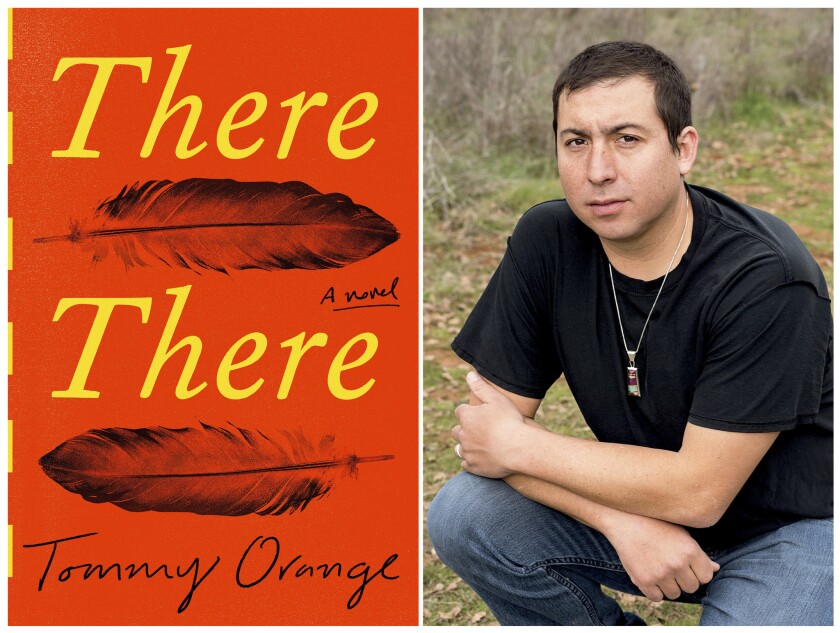 And here we are still in lockdown, slowly opening up with masks and social distancing. Our August selection is " The Little Old Lady who Broke all the Rules" by Catharina Igelman-Sundberg
And here we are still in lockdown, slowly opening up with masks and social distancing. Our August selection is " The Little Old Lady who Broke all the Rules" by Catharina Igelman-Sundberg Here is part of the San Francisco book review:
Martha Andersson and her friends aren’t happy about the recent cost-cutting that’s been going on in Diamond House, their retirement home. Determined to continue living life to the fullest, the group hatches a plan to commit a crime and go to prison, where the living conditions are surely better. But being criminals is more complicated than they thought, and the situation quickly grows beyond anything they’d imagined.
Readers are sure to love Martha, Brains, Christina, Rake, and Anna-Greta, the delightful group of retirees that star in The Little Old Lady Who Broke All the Rules. Author Catharina Ingelman-Sundberg has written a truly fun and enjoyable novel here, with spunky main characters, a cunning plot, great supporting characters, and even a little bit of romance. The story is funny and easy to read; readers will want to make it all the way to the end to see if the oldies manage to pull off their perfect crime in the end and get the ultimate retirement they dream of.




